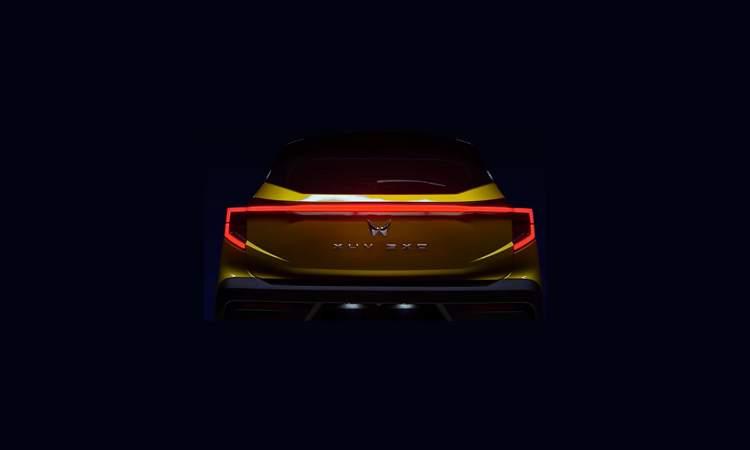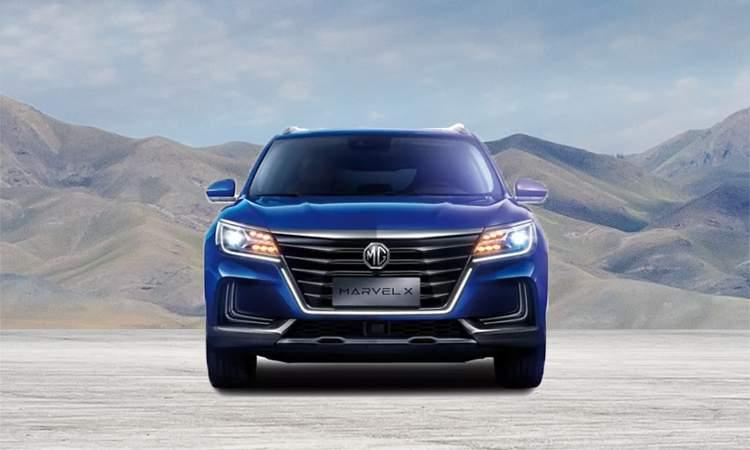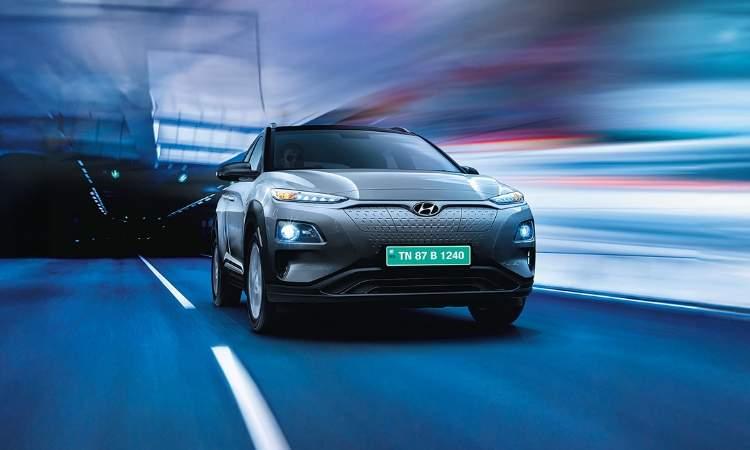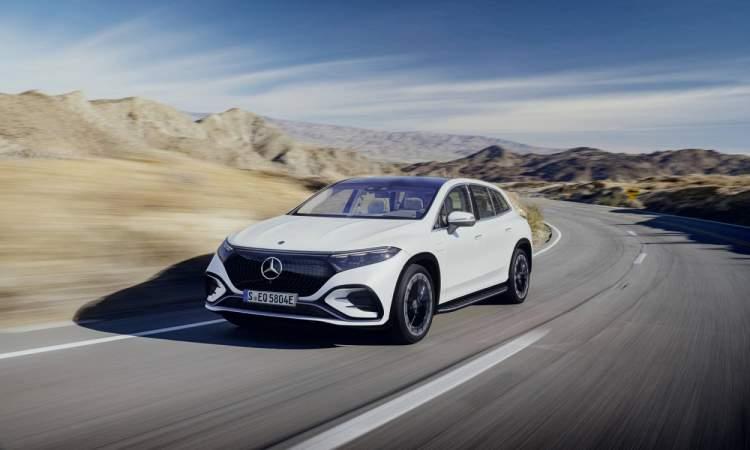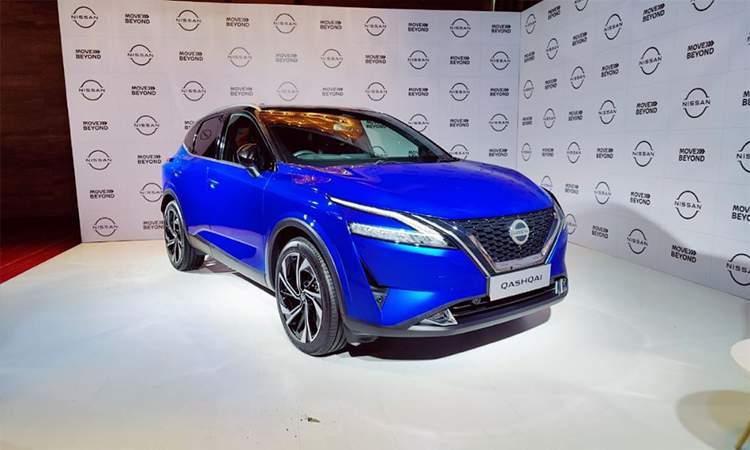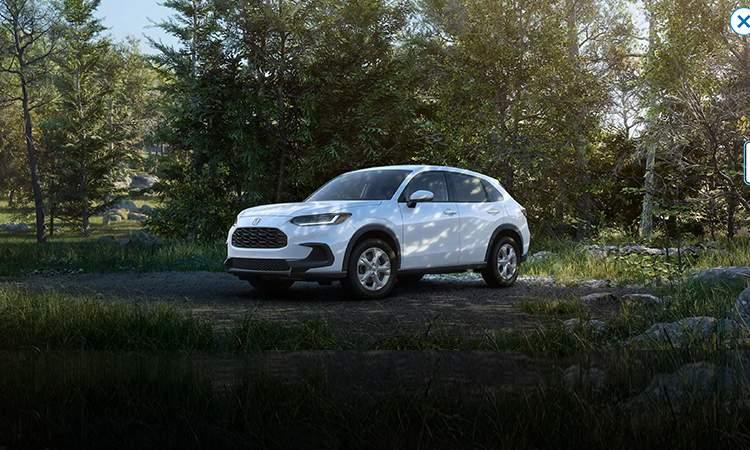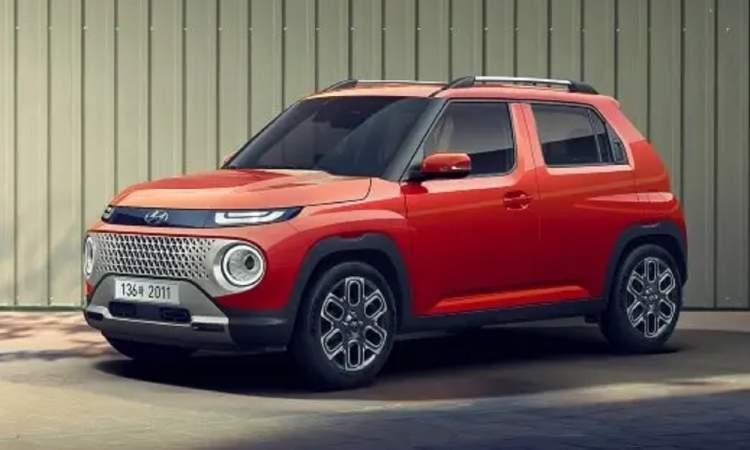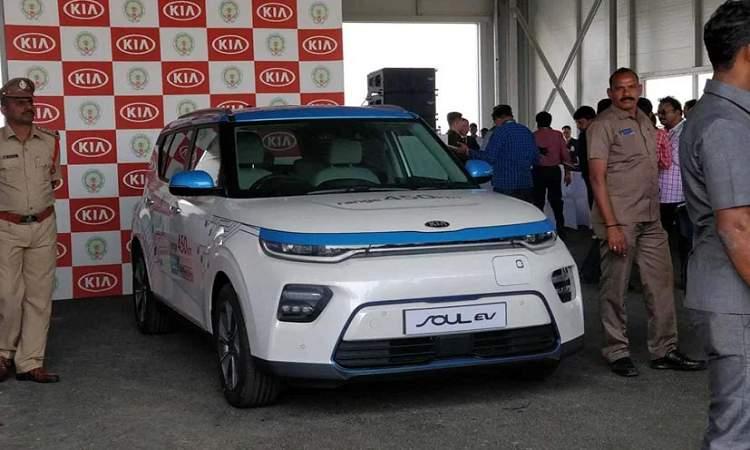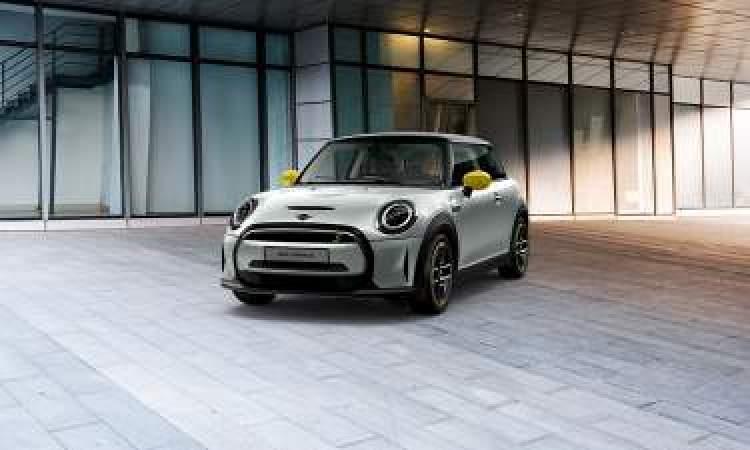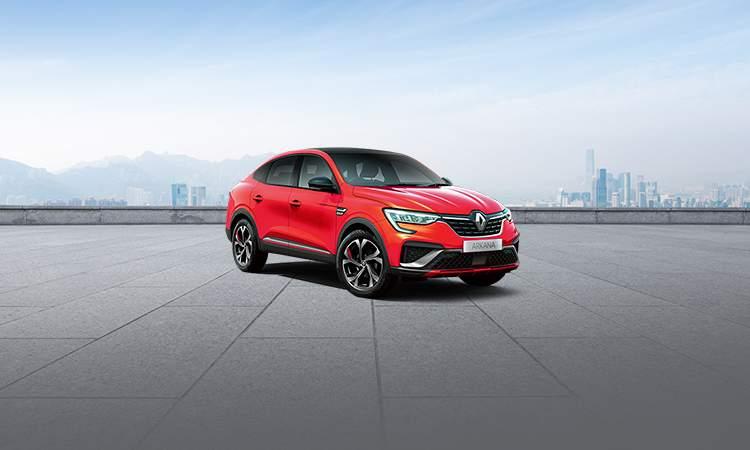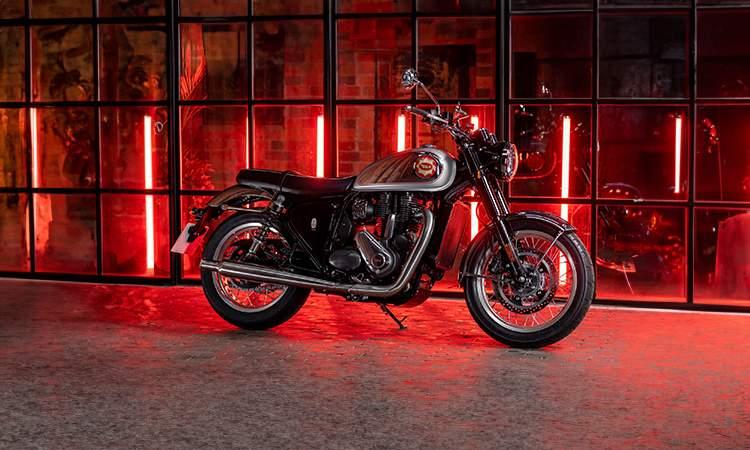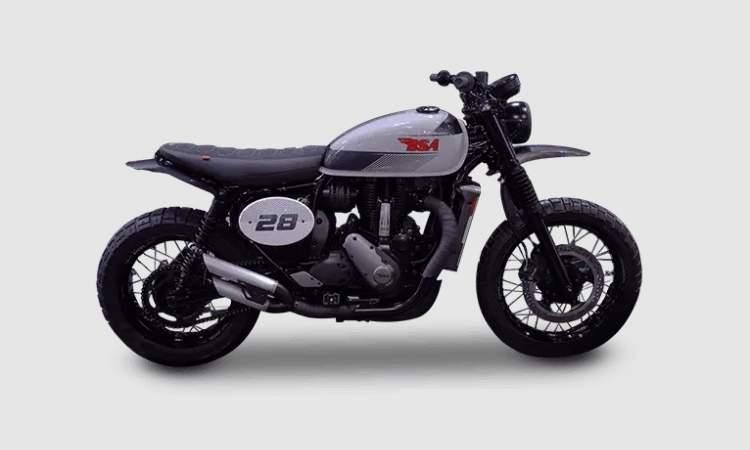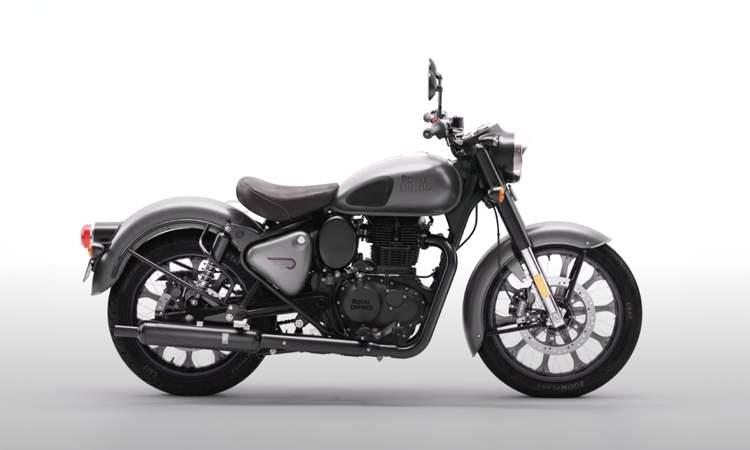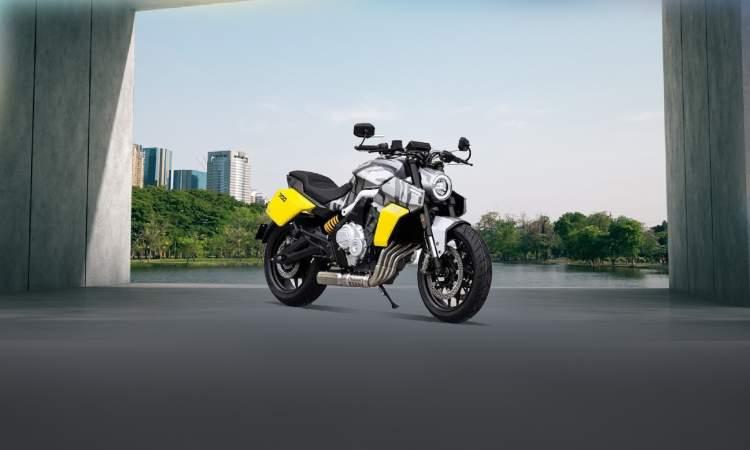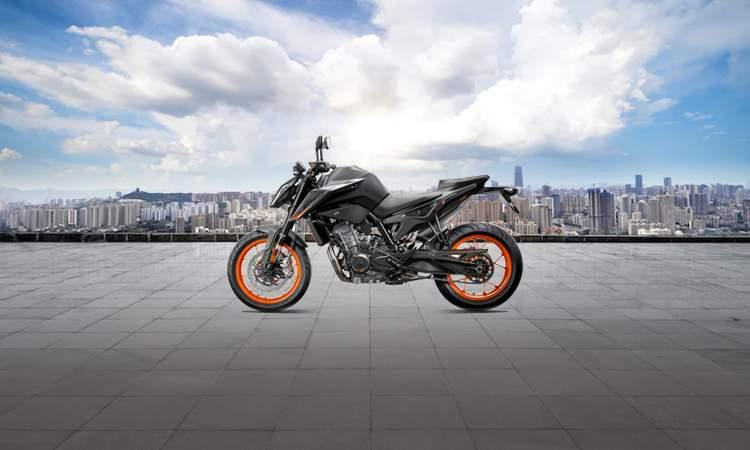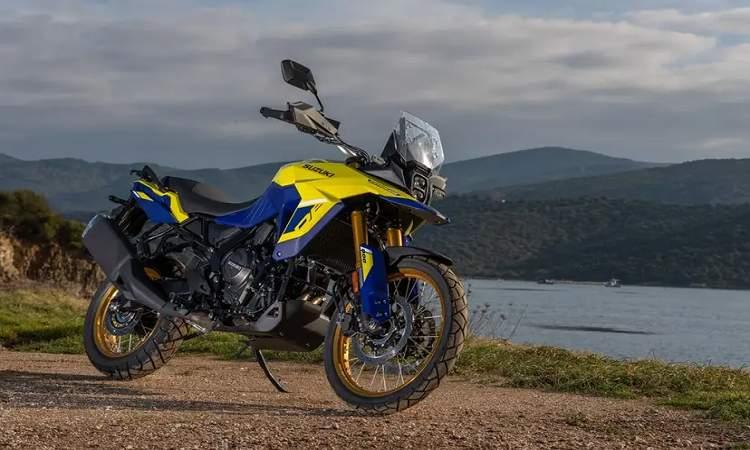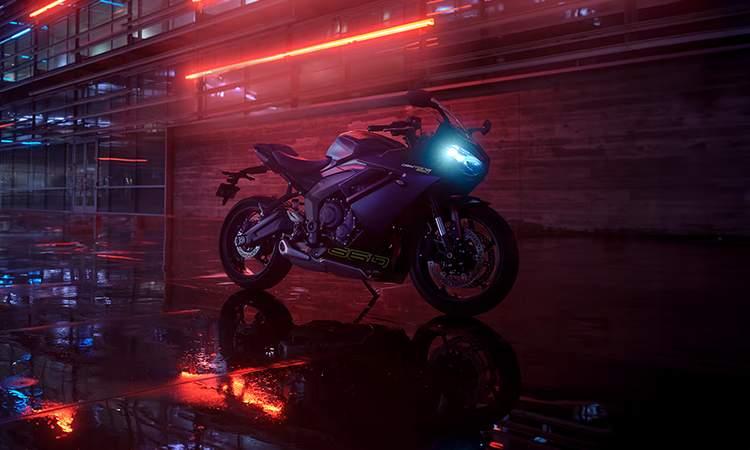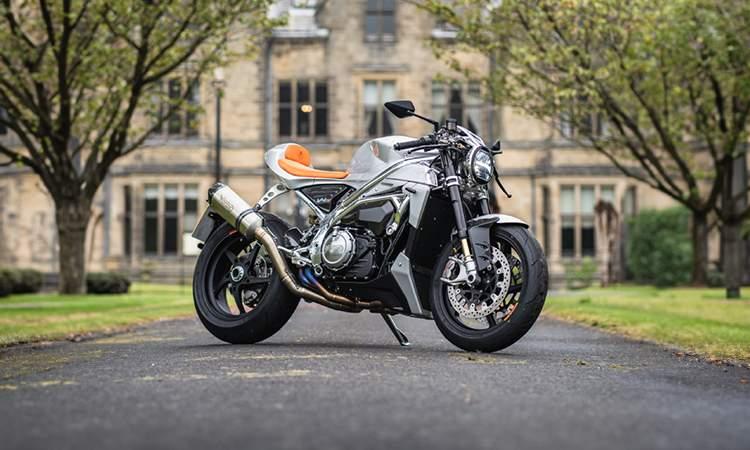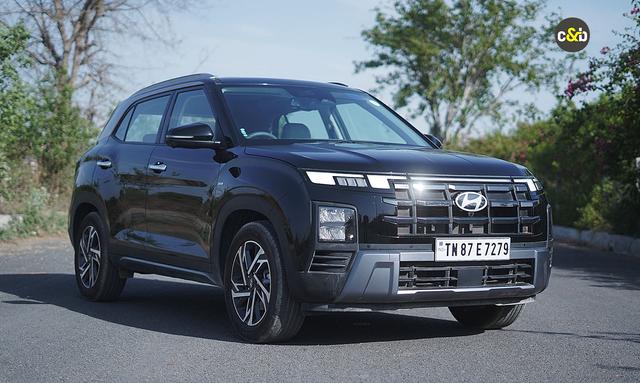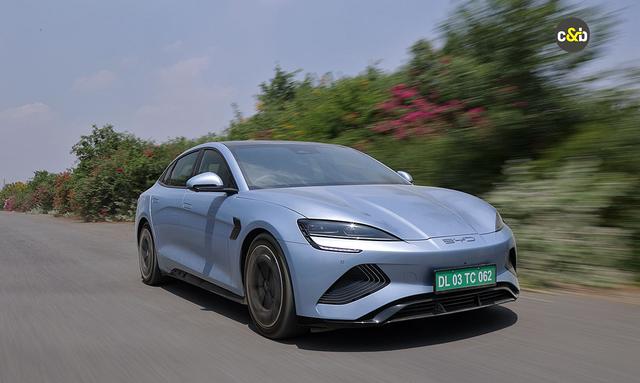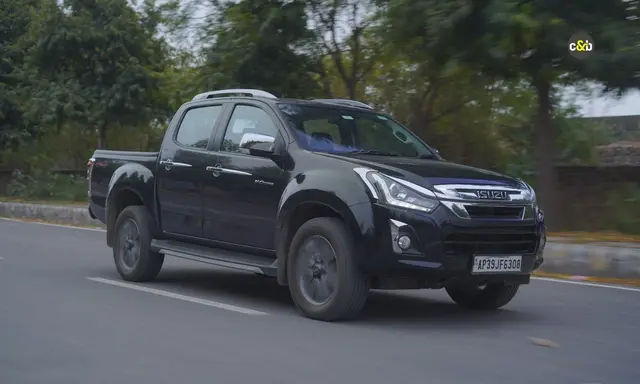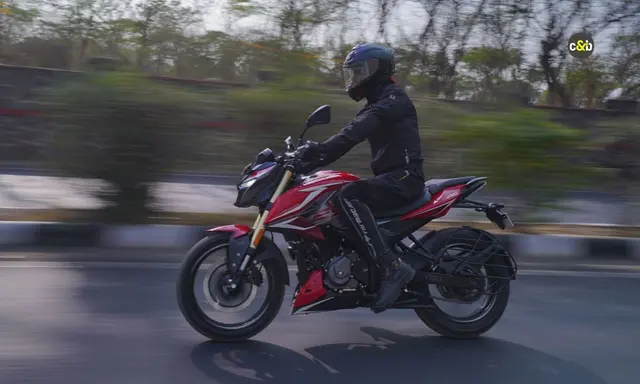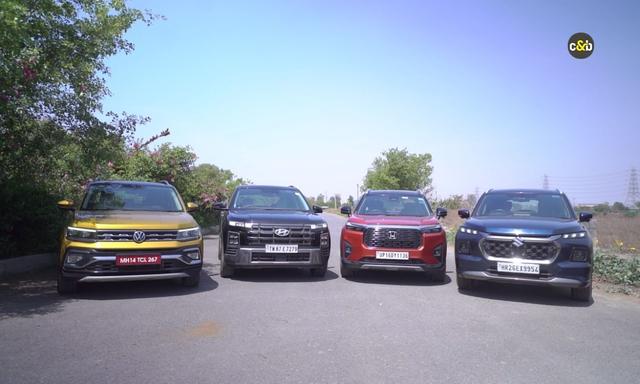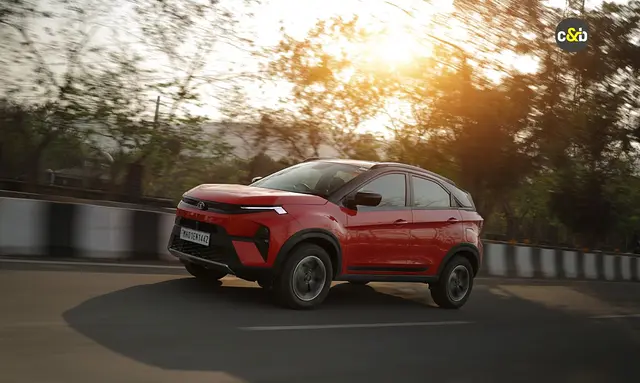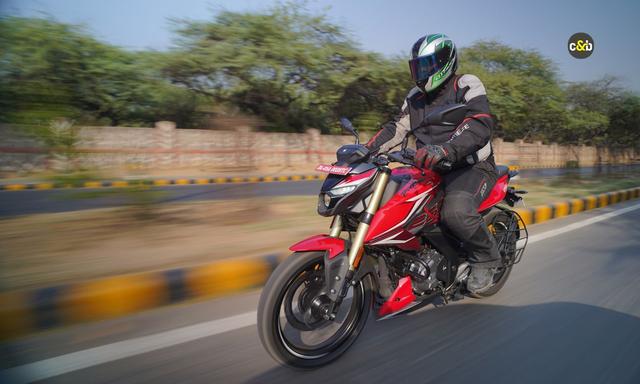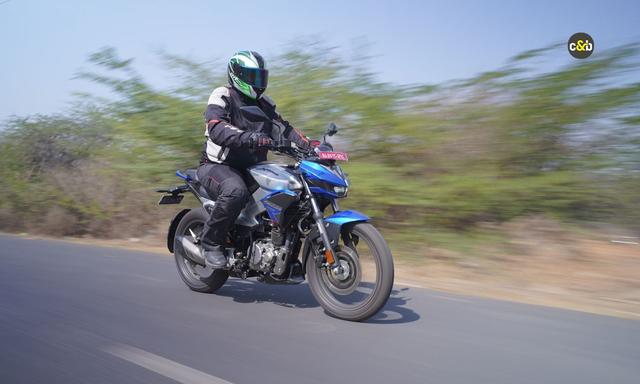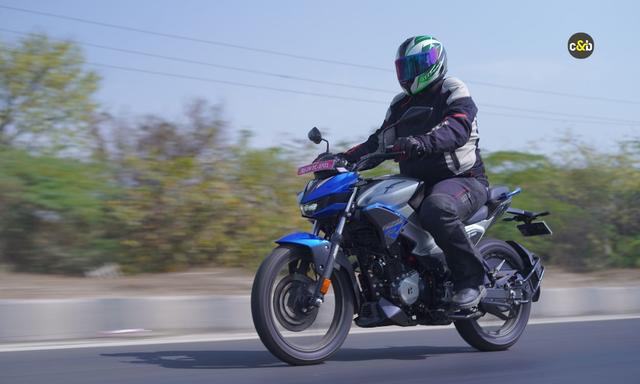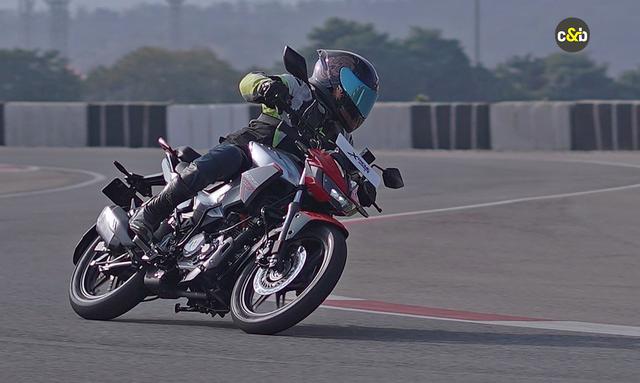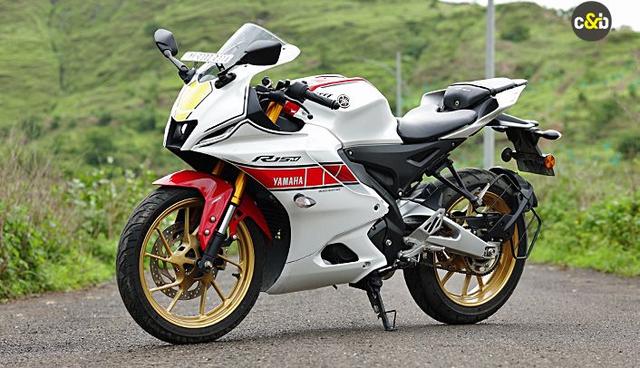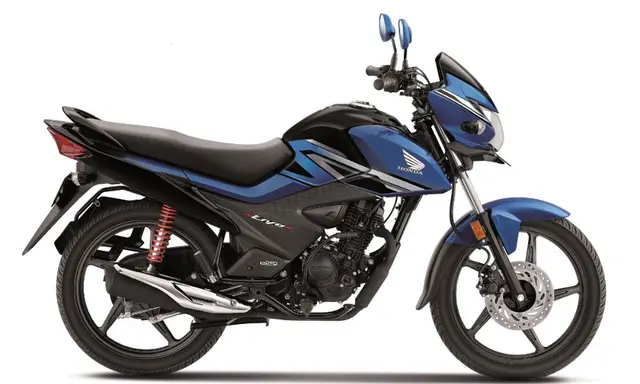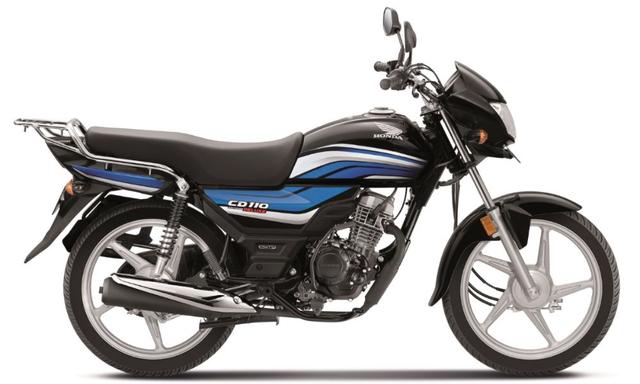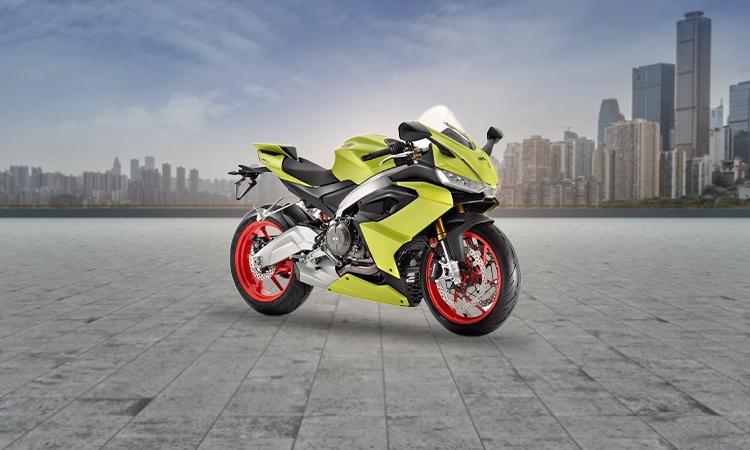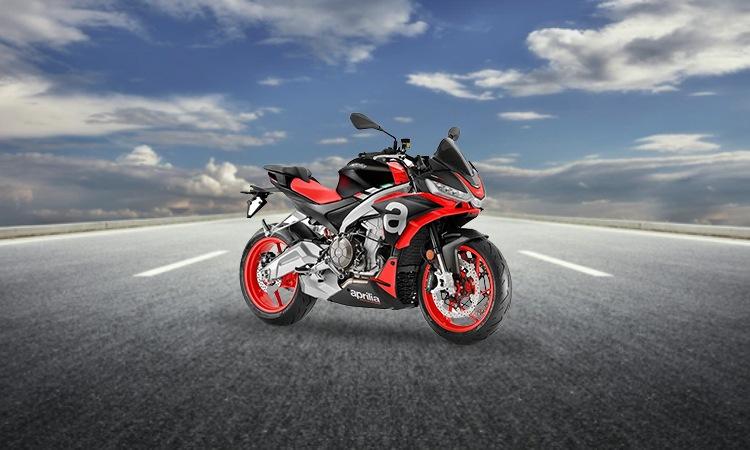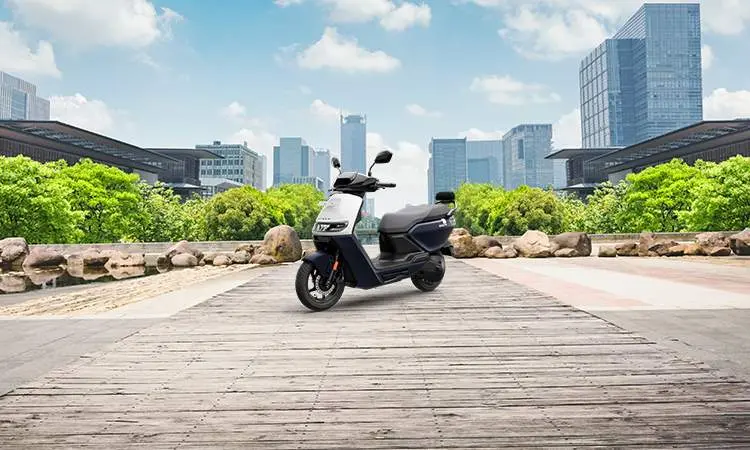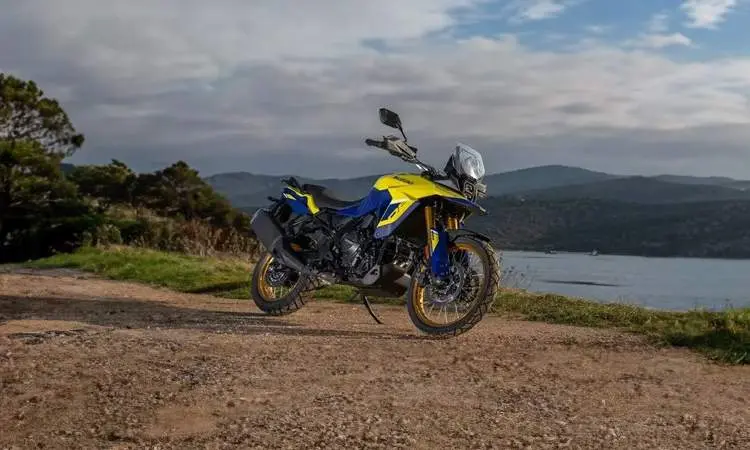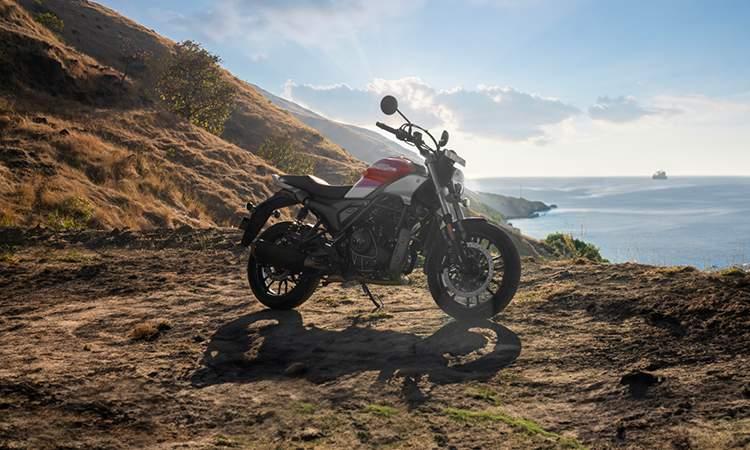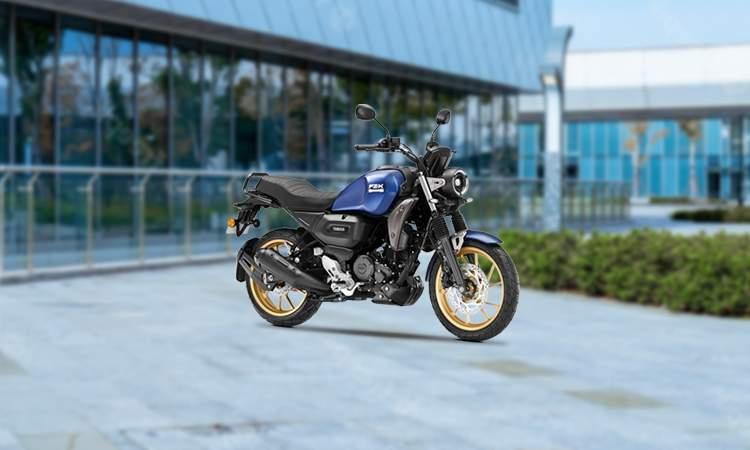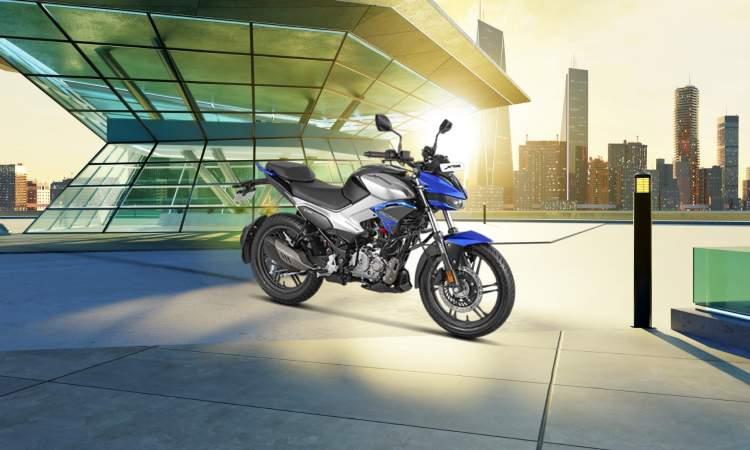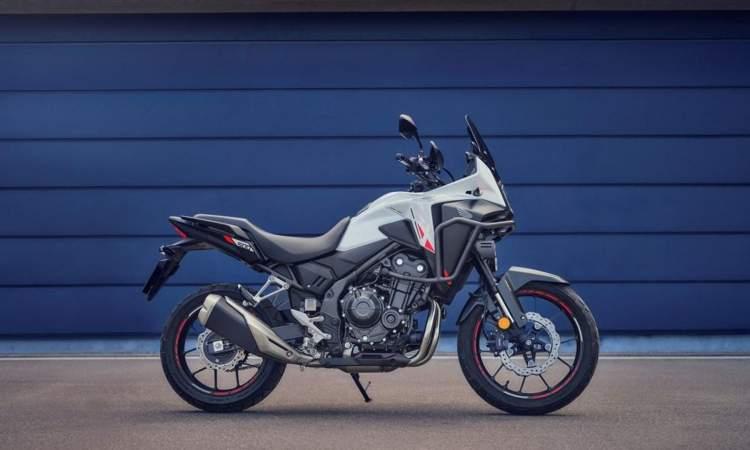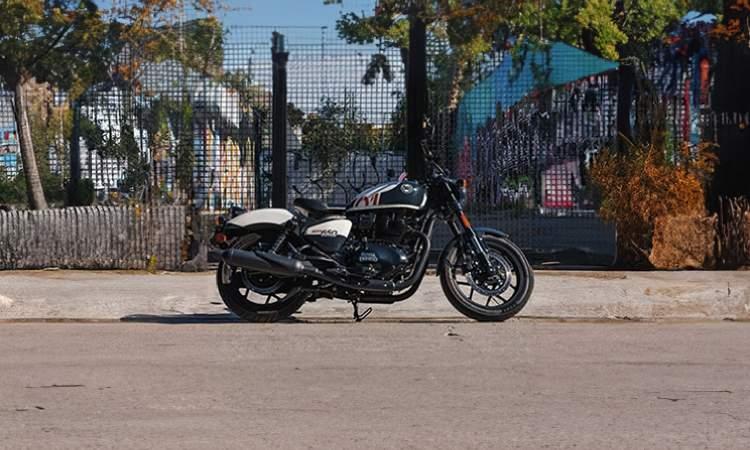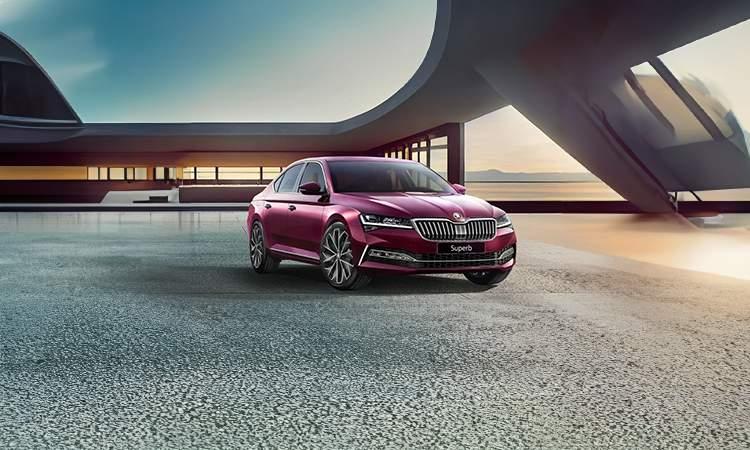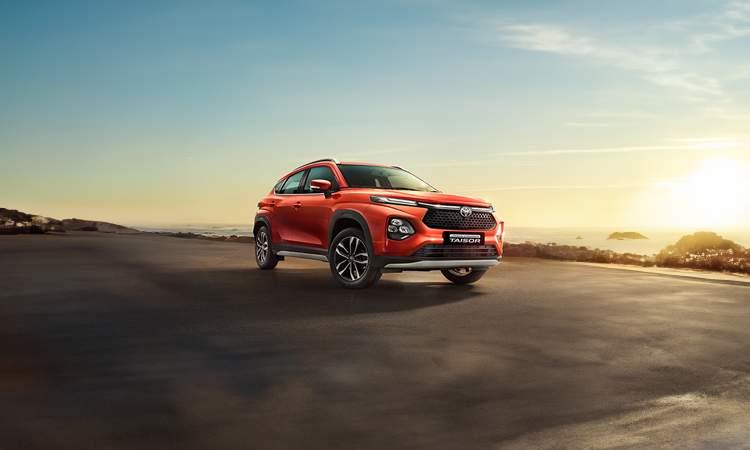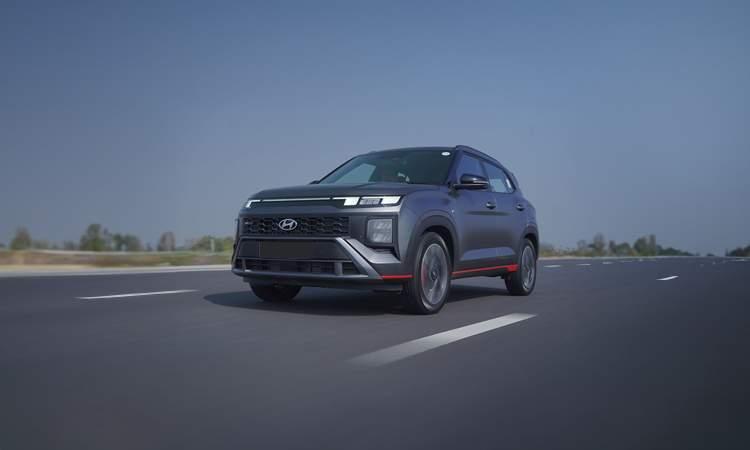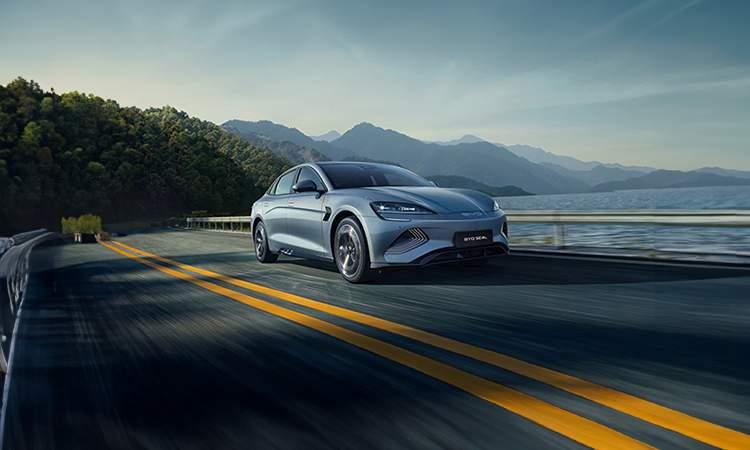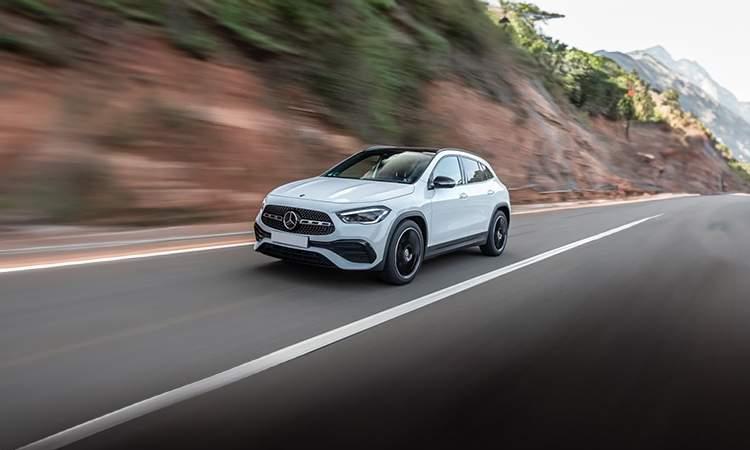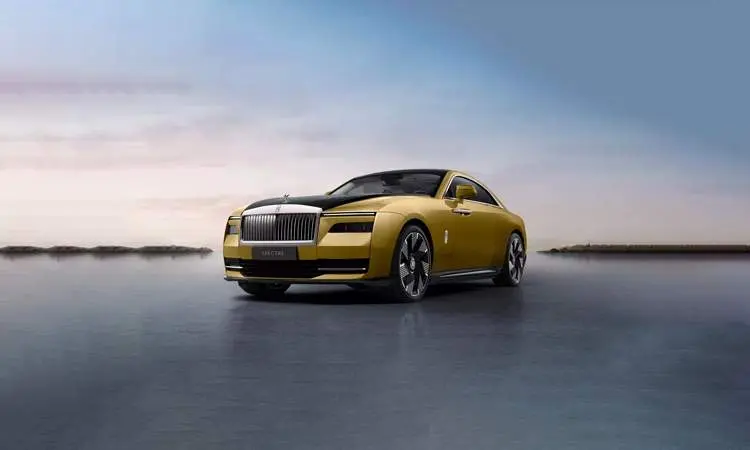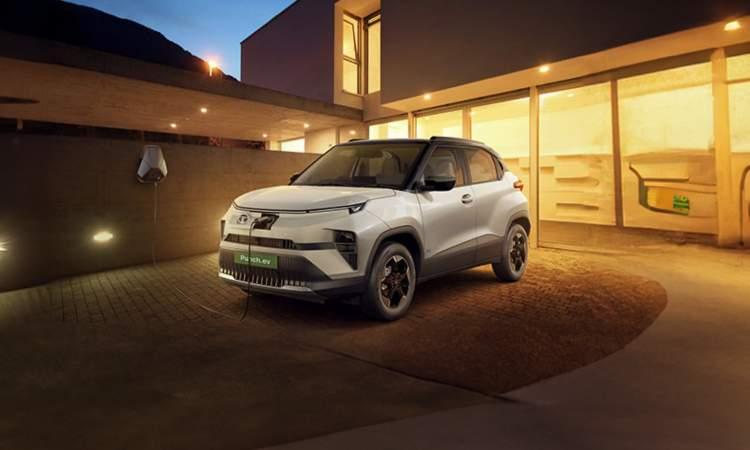Comparison Review: 2016 TVS Victor vs Honda Livo
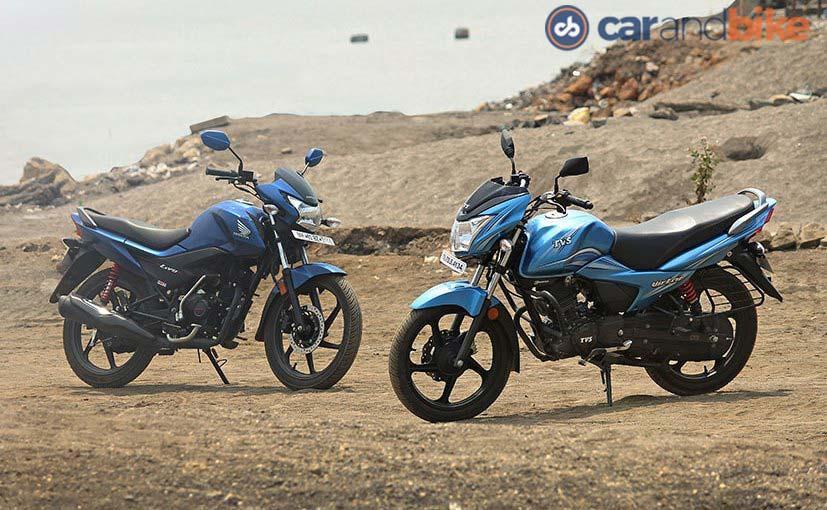
Highlights
- The Honda Livo offers a young design langauge, but is basic on features
- Both motorcycles are comfortable to ride and are easy on the pocket
- The TVS Victor charms with its features, performance and pricing
While motorcycles have had the designated task of providing pleasure, adrenaline rush and in some cases nirvana to riders, they have also been the most reliable alternative to mass transportation, especially in a country like India. No wonder then that the mass market segment is booming with options and manufacturers too are trying to provide a wholesome package comprising of style, substance and functionality.
Promising the same attributes, Honda Motorcycle and Scooter India (HMSI) introduced the trendy little Livo last year, its replacement to the dud selling Twister and the 110cc bike has been quite the popular offering falling only second to the options from Hero MotoCorp. Just when Honda thought it had little to worry about, TVS Motor Company resurrected its most loved nameplate - the Victor earlier this year, which has received a complete makeover and is here to challenge the dominance of Honda. So, does the Livo retain its position of the stylish commuter or is it the Victor that takes home the tag? Let's find out.
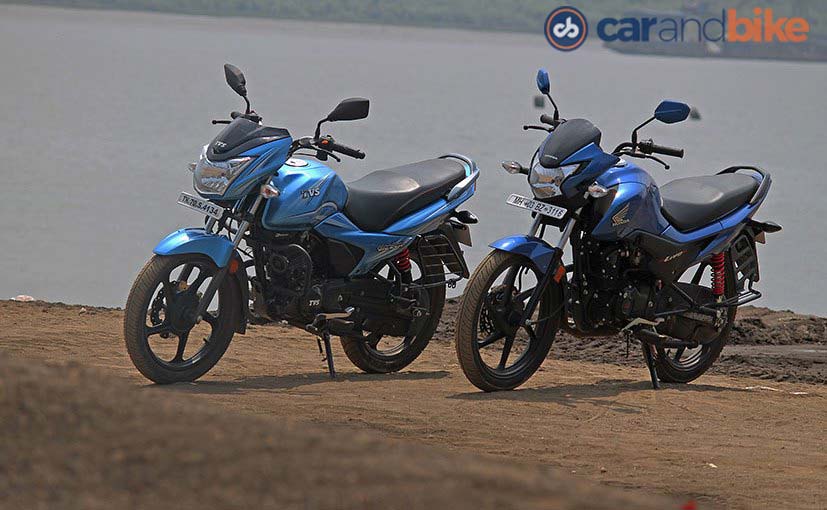
The Honda Livo impresses with its young styling
Design and Style
Both the Honda Livo and TVS Victor set great examples of the fact that commuter motorcycles need not be visually boring. The Livo clearly gets the edge here with the more striking design language that stands out with its edgy profile, protruding headlight design, additional fenders, slender frame and sharper lines. Notice the black finished centre panel and the sharp 5-spoke alloys. You also get some interesting bits like the 3D Honda logo and stylish saree guard cover, while the body coloured rear view mirrors, though an interesting addition, raise questions in terms of quality upon closer exception.
In contrast, the 2016 TVS Victor gets a more conservative design that blends in rather easily. Taking centre stage is the massive headlight cluster that sports the segment largest 60-watt bulb for improved illumination, while the remainder of the styling comprises of soft lines that helps keep the attention to a minimum. TVS has tried to spice things up with the body graphics, but the design does not feel as confident of its appearance as the Livo in person.

The TVS Victor looks conservative and blends with the crowd
Unlike the Honda Livo which feels inclined towards a younger customer base, the TVS Victor's neutral styling is intended to appeal to buyers of all ages and it works in that sense. While the differences are in abundance, there are several similarities too including the blackened engine and lower section, 5-spoke alloy wheels, contrast finished rear grab rail and elongated seat in a bid to accommodate the rider and pillion with ease. While both motorcycles may look similar, the Honda is in fact larger than the Victor, but the slender frame hides the fact quite well.
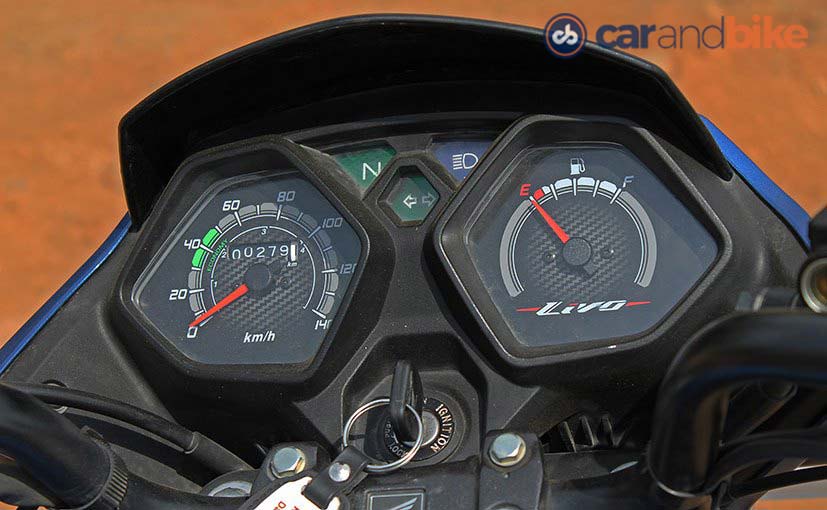
The instrument cluster looks stylish on the Livo, but is basic in detail
Features and Ergonomics
While the Honda Livo takes the lead in terms of design, TVS gets to do some catching up with respect to the feature list. The home grown two-wheeler has loaded the Victor to the brink, which gives it a significant edge over the bare bone Honda Livo. You get a semi-digital instrument console on the Victor that packs a host of information including an analog tachometer, digital speedometer, odometer and fuel capacity display, apart from the usual tell-tale lights.
The TVS Victor also gets a segment first hazard lights that are surprisingly placed essentially where you will find the engine kill switch; while there is also the pass switch, which weirdly only works in high beam. That said, the TVS bike excels in switchgear and the quality of plastics used, when compared to the Honda Livo. It also feels better put together over the Japanese offering.

The Victor's semi-digital console is loaded with details and has better quality plastic too
On the other hand, the Honda Livo misses out on most fancy features of the Victor and makes do with an all analog instrument cluster. The switchgear remains basic and is a constant reminder of the fact the Honda needs to upgrade the same across its commuter range. Riders sit up right on both bikes featuring raised handlebars, taller on the Victor that fall right into your arms. The fuel tank indents accommodate the thighs with ease on both bikes, whereas the centre set foot pegs are most comfortable over long commutes. The Victor also gets a wider seat with softer cushioning and feels more comfortable over long rides, as opposed to the slim seat on the Livo.
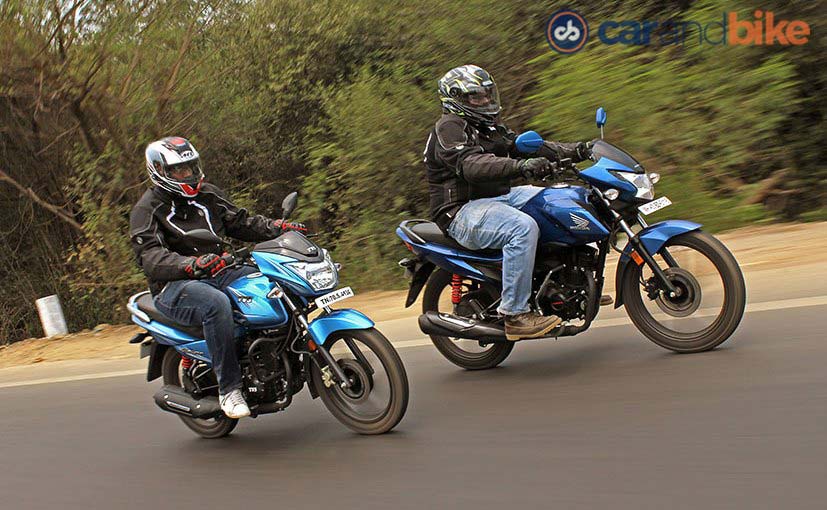
The TVS Victor makes more power than the Honda Livo
Engine, Gearbox and Performance
Powering the 2016 TVS Victor and Honda Livo are 110cc single-cylinder, air-cooled engines that are paired to a 4-speed gearbox. That being said, the similarities end pretty much right there. The bikes are as different as it gets in the real world. The Victor is the more powerful bike here with 9.4bhp of power and 9.4Nm of torque thanks to its short stroke engine, whereas the Livo manages with an output of 8.2bhp and 8.63Nm. The Livo may be the least powered here, but offers ample of propulsion at low speeds. It also gets a stronger mid-range and feels home in the vicinity of 40-60 kmph. The torque friendlyuj nature allows fewer gear changes on the Livo with better pulling at low speeds in higher gears.
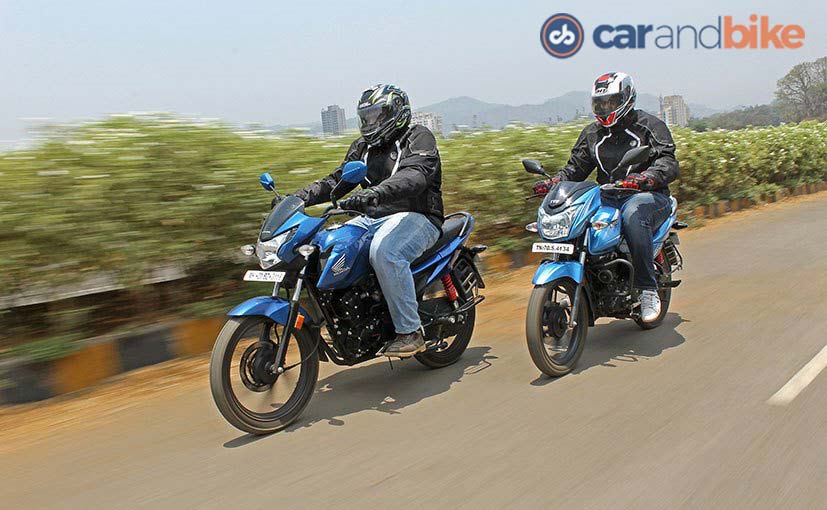
The Livo's gearbox offers seamless shifts, the Victor has a higher power band
In comparison, the 2016 TVS Victor offers more grunt throughout the rev range thanks to the higher torque and also boasts of a higher top band. The 3-valve setup has helped TVS achieve a smoother throttle response that makes the Victor a breeze to ride. The Livo feels completely at home in the city's jumbling traffic situations, whereas the Victor performs at highways with better stability and lesser vibrations.
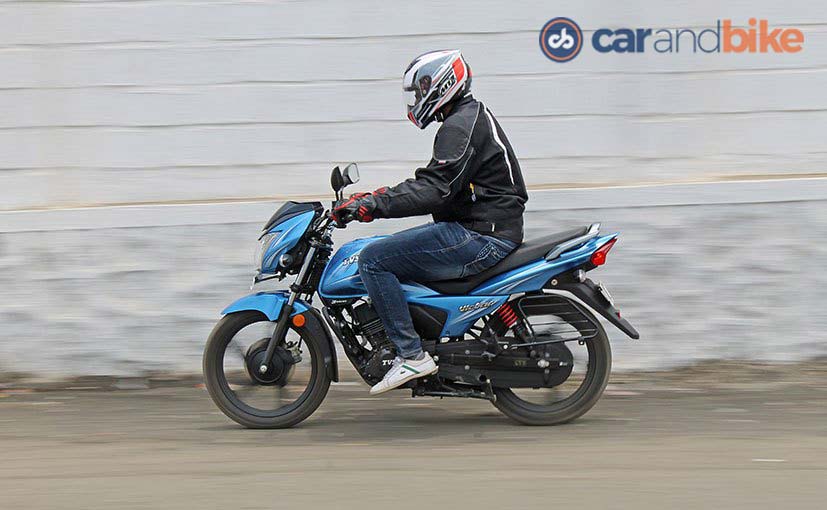
The Victor offers better highway stability, lesser vibrations too
Talking about the gearbox, the Honda Livo gets a smooth shifting unit that feels seamless to work upon. The first gear is short and speeds build quickly as you upshift. That said, the lack of power does become apparent on the top-end with vibrations kicking in up to the seat. Talking about the Victor's gearbox, the unit is good but not as effortless as the one from Honda, but it does little to complain either. Both motorcycles get the all-up configuration for gear shifts as well as a heel and toe shifter, adding to the commuter spirit. While both bikes maxed out a little over 80 kmph, the Victor's added power allows you to push a tad bit further.

The Victor gets a softer suspension setup for better ride quality
Ride, Handling and Braking
Comfort plays an important factor for commuter motorcycle riders and both bikes manage to provide sound ergonomics. The suspension setup though is vastly different. The Livo and Victor get telescopic forks up front and twin-shock absorbers at the rear, but the latter is tuned to have a softer setting for a more comfortable ride quality. This, in conjunction with the softer seat works well on the Victor that ensures minimal bumps and thuds are passed on to the rider. The Livo though, gets a slightly stiffer suspension setting, which makes for good handling, but larger potholes do turn out to be unforgiving.

The stiffer suspension on the Livo makes it more corner friendly
Speaking of which, the Honda Livo offers better handling characteristics and feels more chuck-able around corners. Its light weight and manoeuvring capabilities also make it the more fun loving motorcycle. The Victor's objective feels more clear as the people's commuter and isn't the friendliest around the corners.
In its top-spec, the Honda Livo and TVS Victor are equipped with a front disc brake and a drum brake setup. However, in matters of stopping power, feel and progression, the Victor beats the Livo by a good margin. The motorcycle gets a petal disc as opposed to the conventional unit found on the Honda and works well in hard braking conditions. The Livo, despite sporting a larger 130mm rear drum brake lacks the feel under heavy braking.
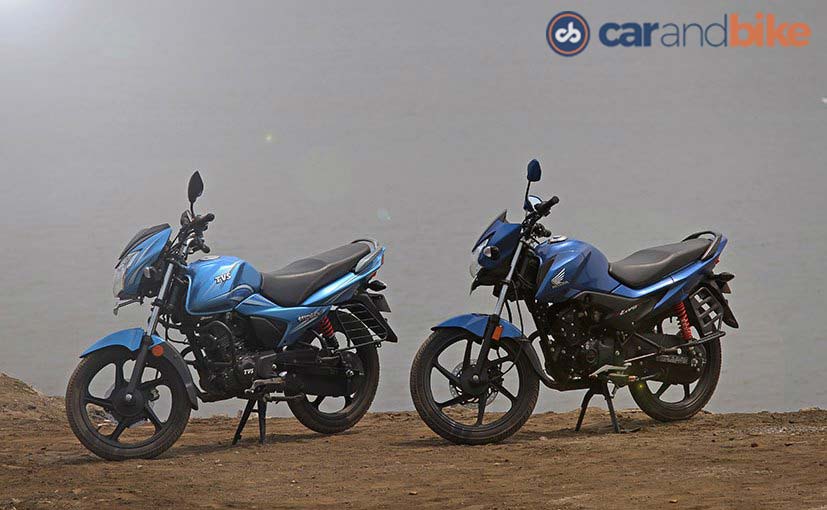
TVS claims the Victor is slightly more fuel efficient returning 76 kmpl
Fuel Efficiency
Fuel efficiency is of prime most importance for the mass market motorcycle buyer as much as performance, ride quality and features are and TVS manages to surge past Honda with a claimed a fuel efficiency figure of 76 kmpl. The Livo equipped with HET technology falls behind only marginally with a claimed figure of 74 kmpl.
That said, the Victor gets an economy indicator on the fuel tank that is likely to help you achieve the figure more easily, as opposed the green marking on the Livo's instrument cluster. Real world conditions and riding style warrant an economy figure over 50 kmpl on both motorcycles. That said, the Livo gets a larger capacity fuel tank of 8.5-litres as opposed to the Victor's 8-litre unit making for a longer travel range.
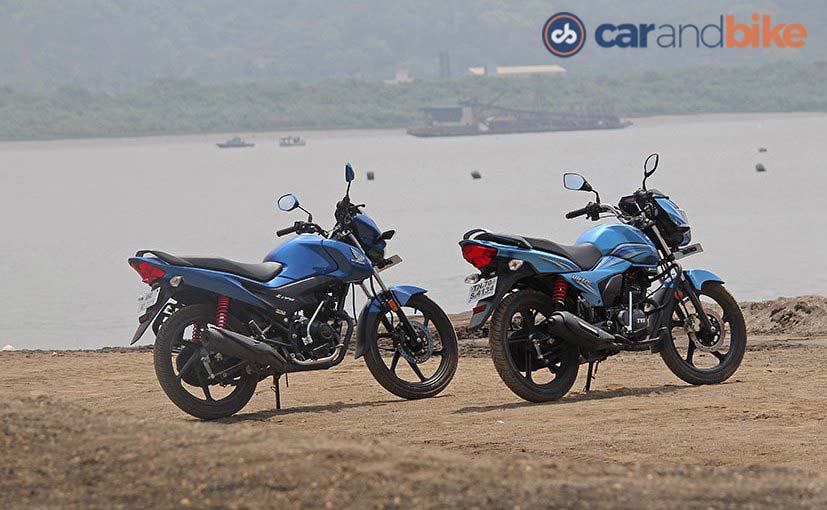
The Honda Livo wins for better design, the Victor for better features
Verdict
It's been a pretty neck-to-neck fight till now with the Honda Livo winning in terms of design, performance and handling, while the 2016 TVS Victor offers better features, braking performance, ride quality and fuel efficiency. It now boils down to the pricing on both models that is holds more relevance for those on a budget. For the range-topping version, Honda commands a price tag of Rs. 55,852 (ex-showroom, Delhi), which is a good Rs. 3000 more expensive than the TVS Victor that is priced at Rs. 51,490.
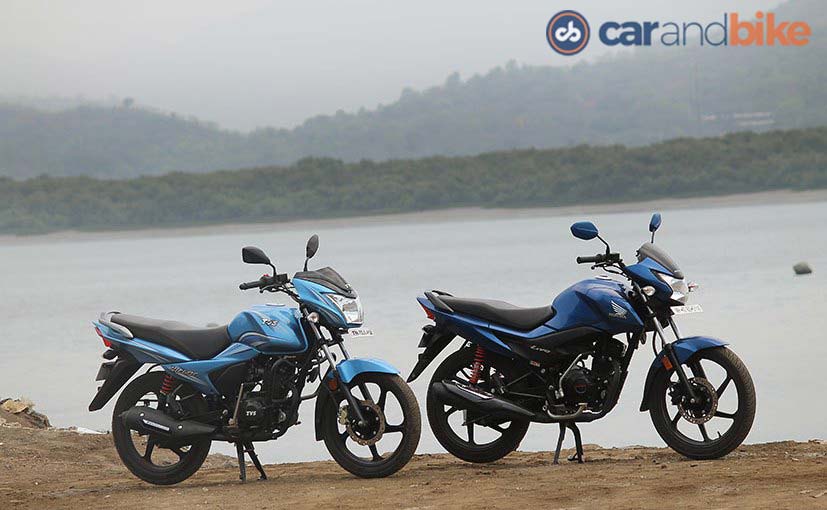
At a Rs. 3000 premium, the Honda Livo feels overpriced
Yes, the new Victor seems to be the more apparent choice here with a host of positives in its belly as opposed to the Livo that feels more basic in comparison. Moreover, Honda does not offer anything exceptional in comparison to justify the Rs. 3000 premium over its closest rival and the underpinnings from the Dream series with fancy styling turns apparent at this point. Conversely, one must also factor in Honda's expansive network across the country, which makes it such an obvious choice in the segment. TVS is still growing its reach pan India, which makes the Victor not the most preferred choice for buyers.
In conclusion though, the Victor as a product stands out tall and proud, a feat that cannot be ignored and showcases that TVS did its homework right. So, is brand Victor back again spreading more smiles per kilometre? You bet!
Last Updated on May 4, 2016
Great Deals on Used Cars
View All Used Cars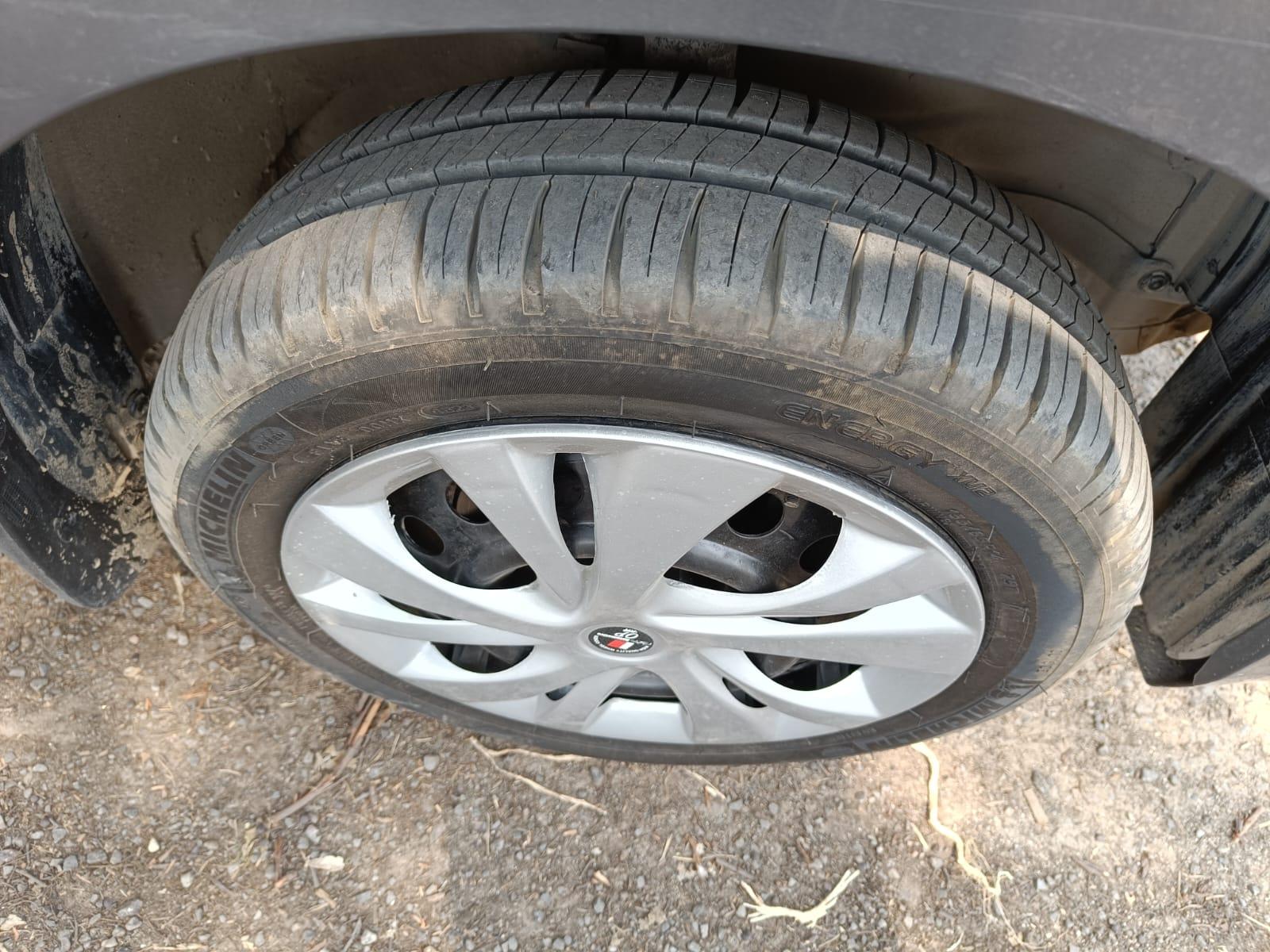
- 46,324 km
- Petrol
- AMT
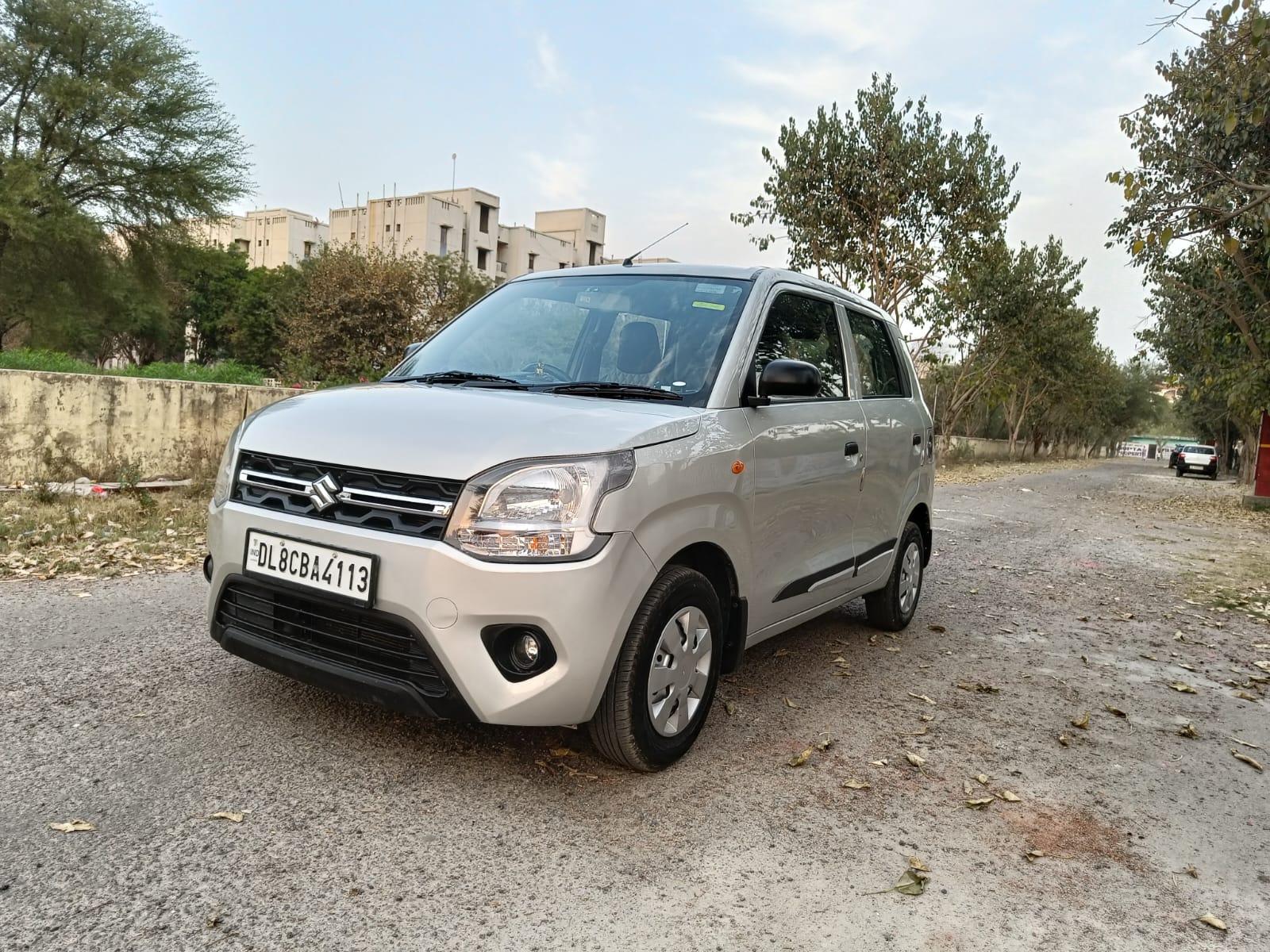
- 35,000 km
- Petrol+CNG
- Manual
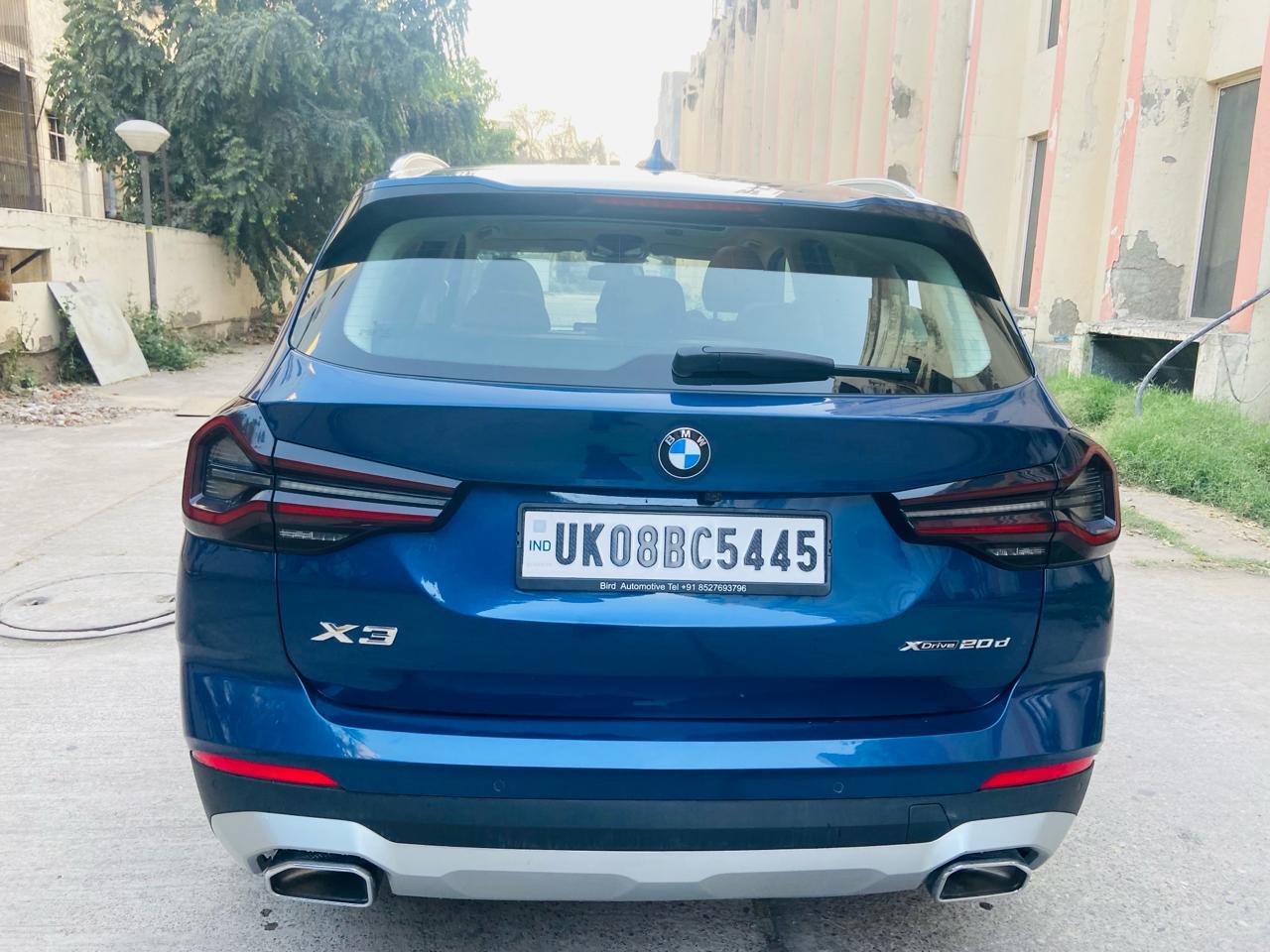
- 19,000 km
- Diesel
- Automatic
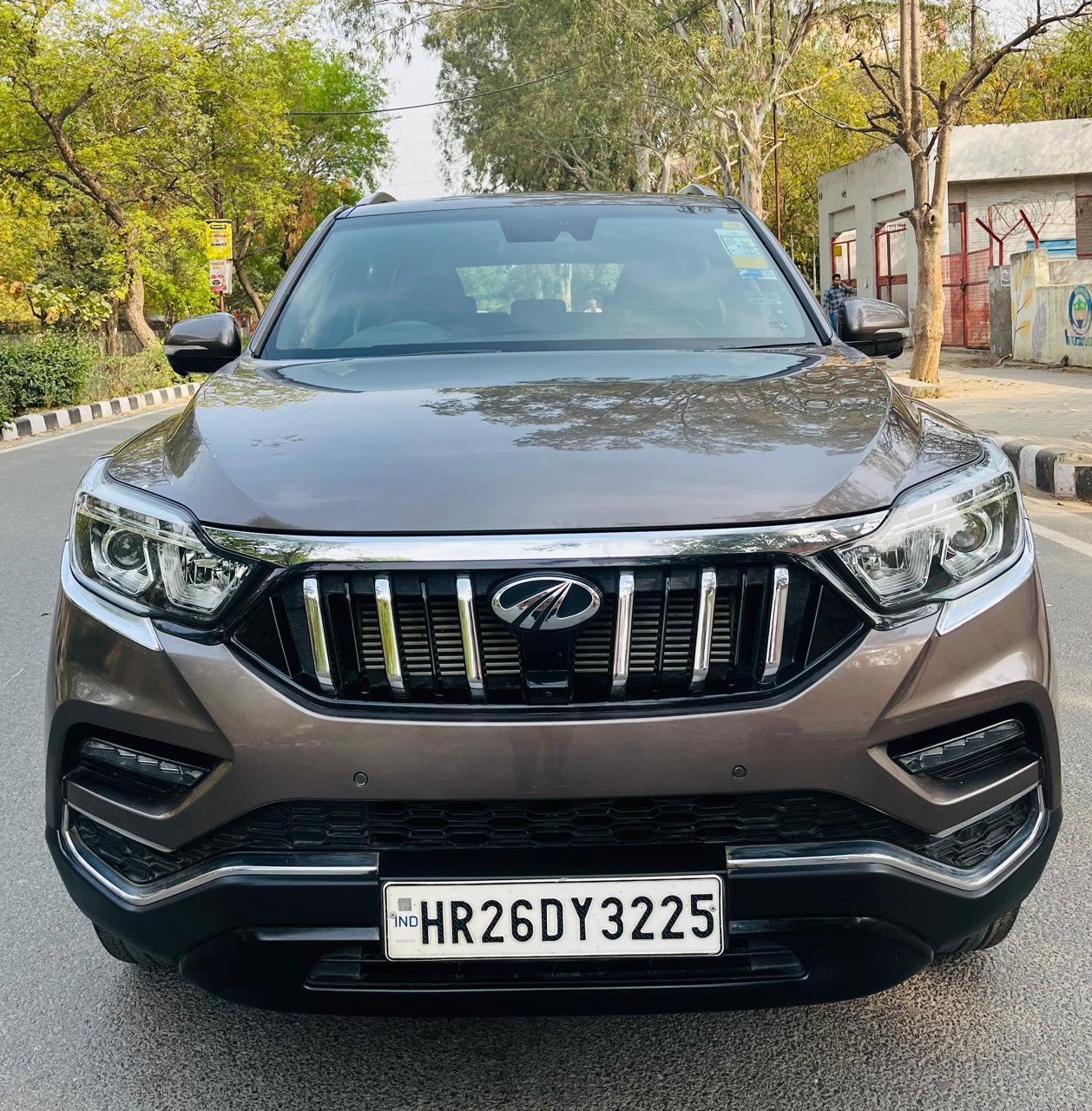
- 16,178 km
- Diesel
- Automatic
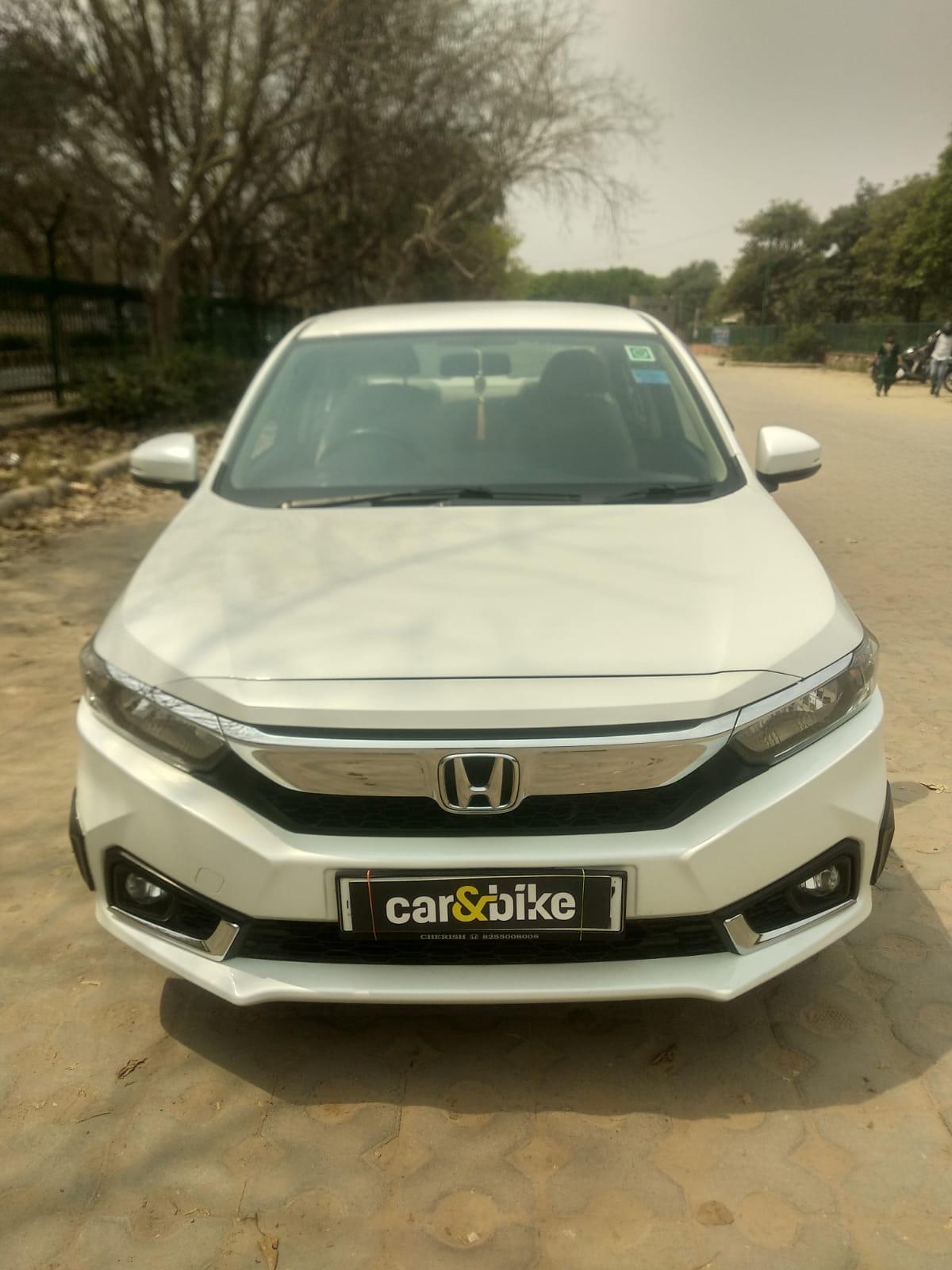
- 19,798 km
- Petrol
- Manual
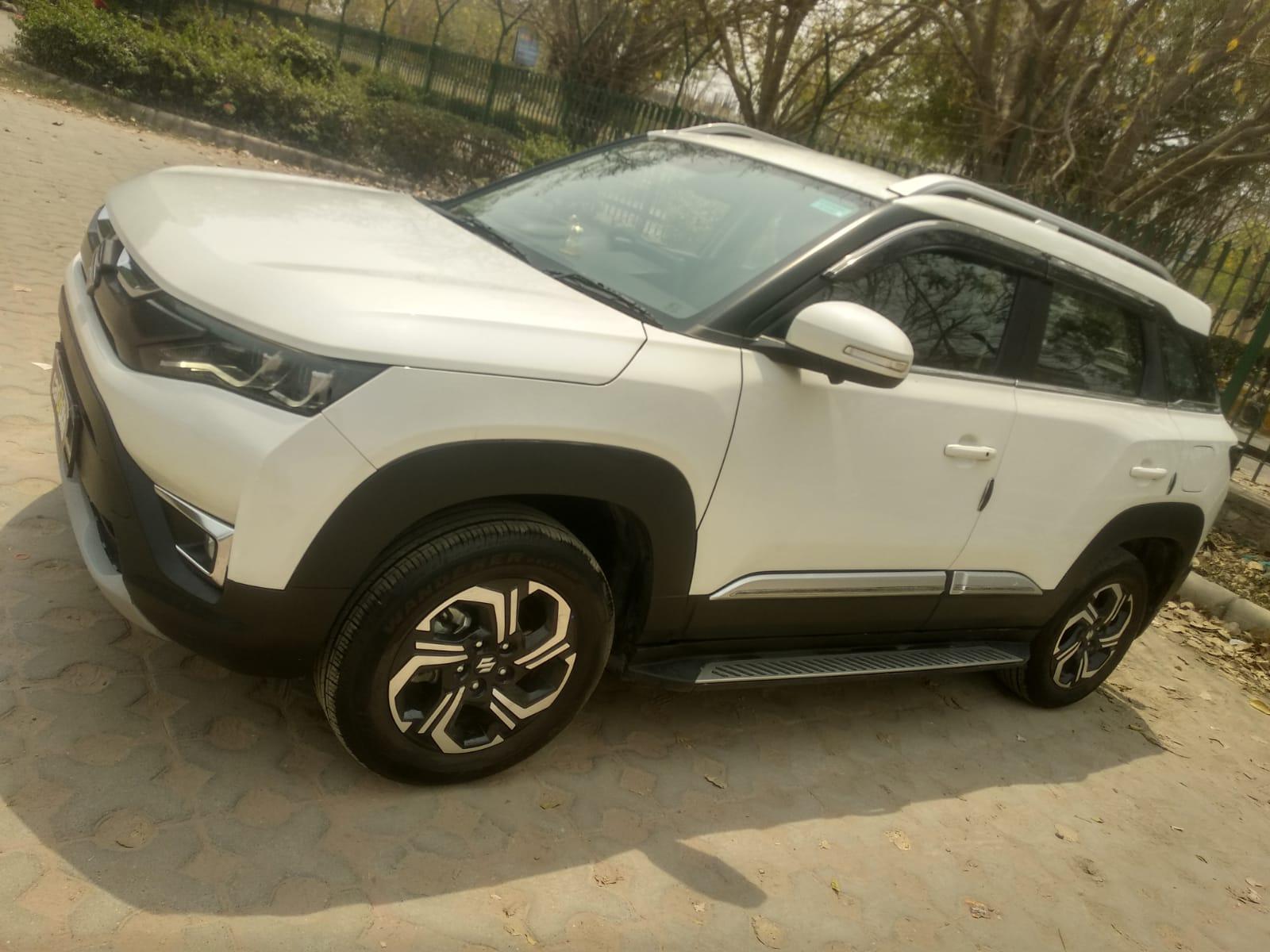
- 5,903 km
- Petrol
- Manual
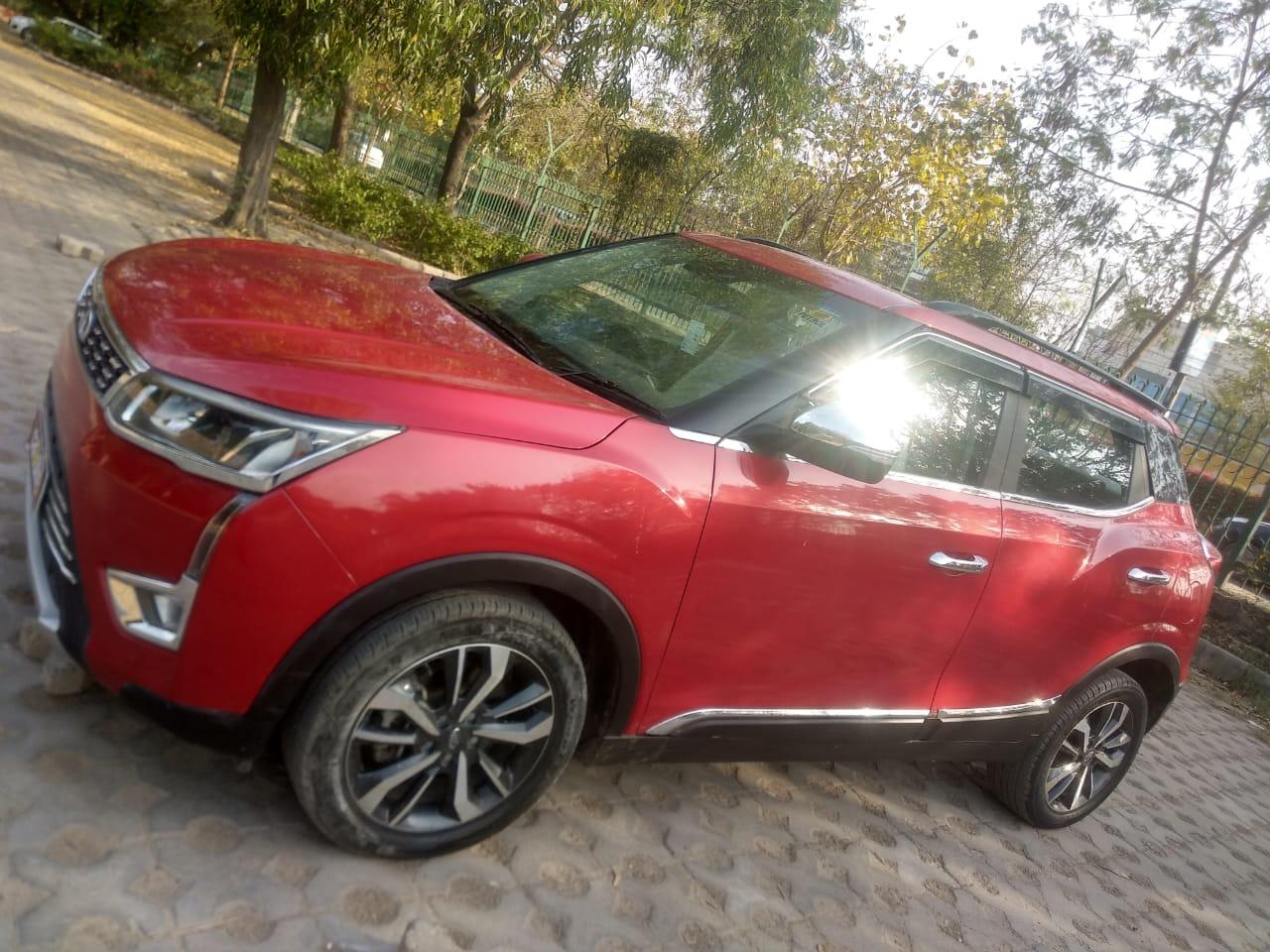
- 25,279 km
- Diesel
- AMT
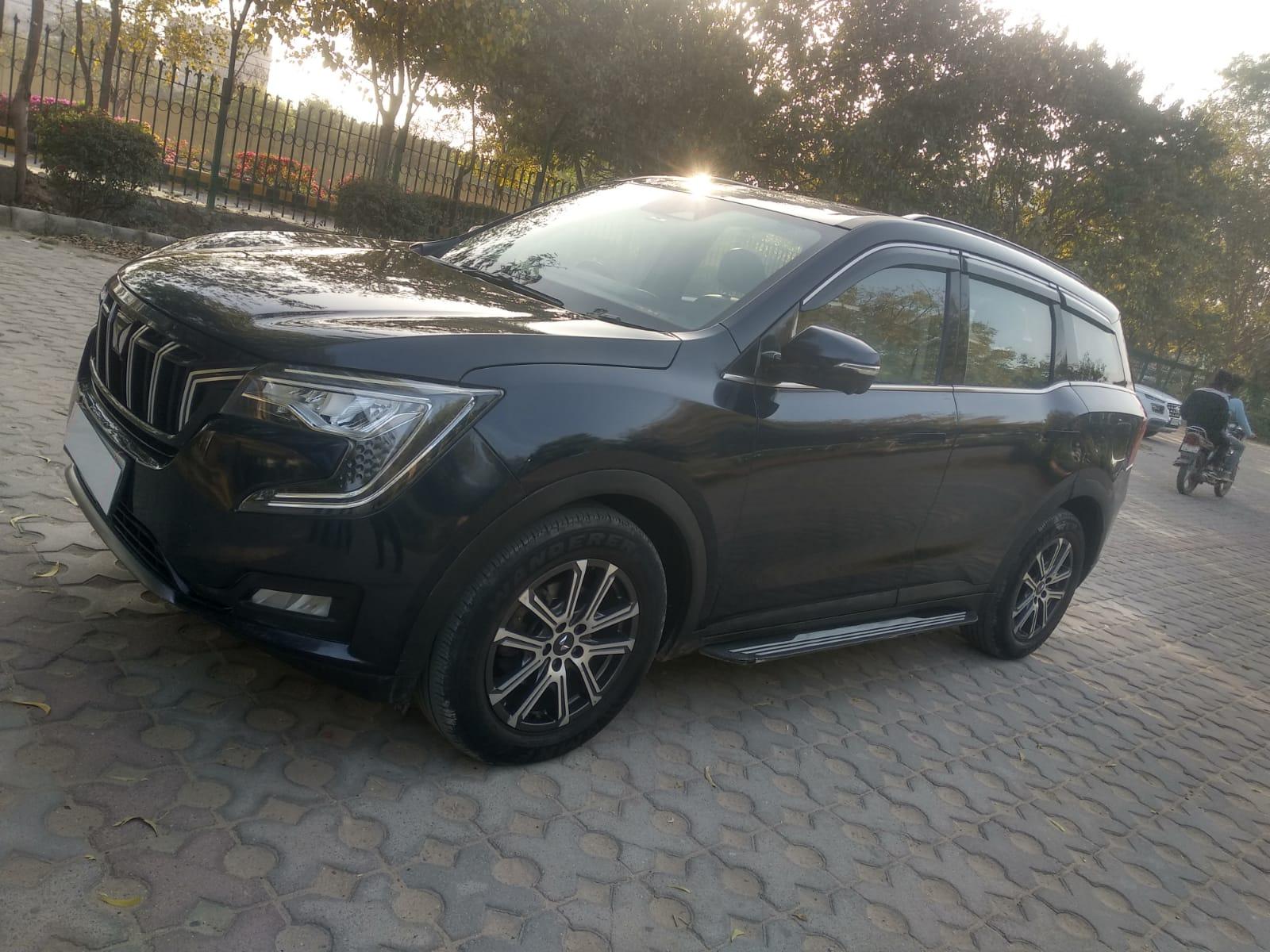
- 29,070 km
- Diesel
- Manual
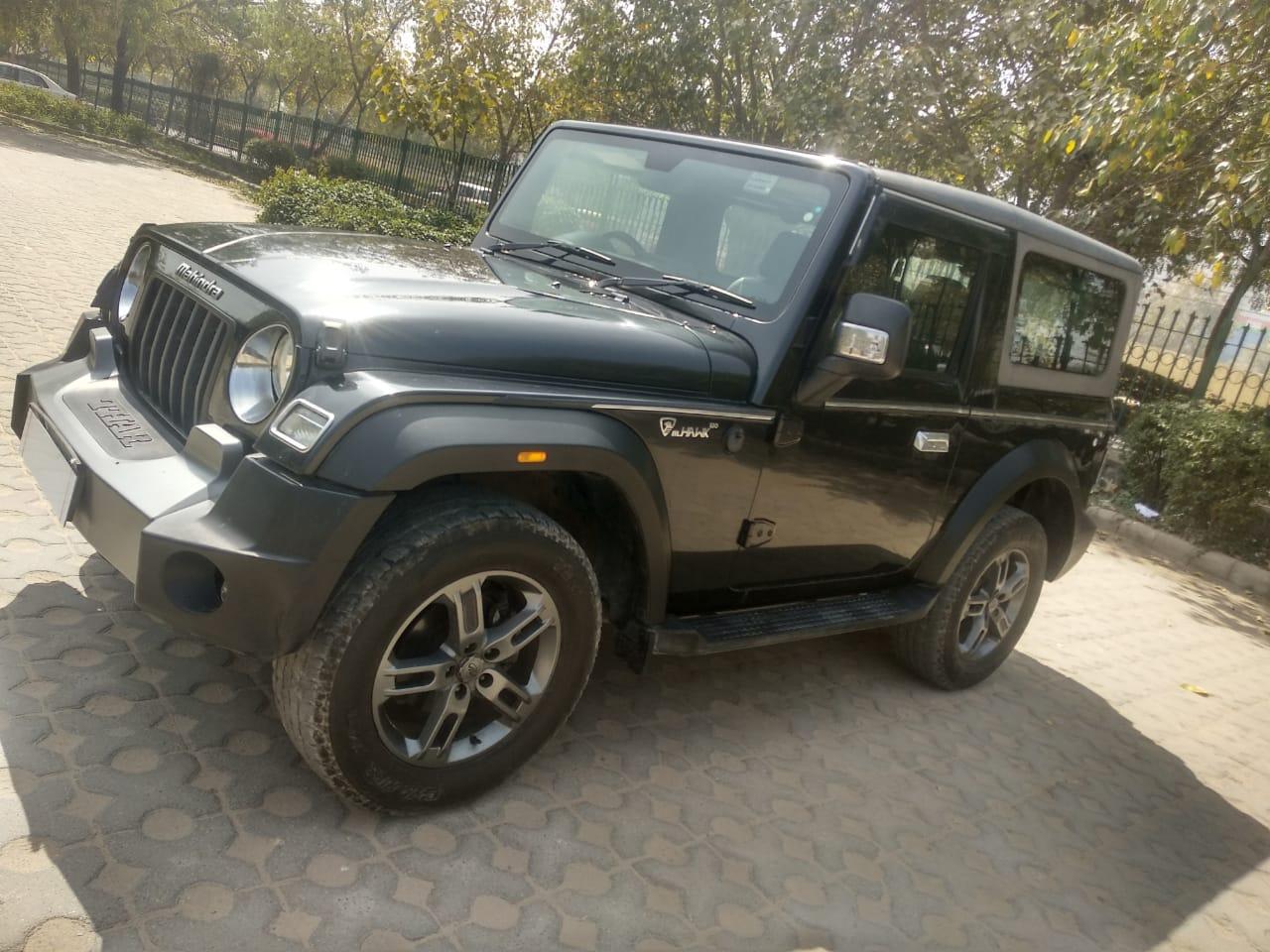
- 19,398 km
- Diesel
- Manual
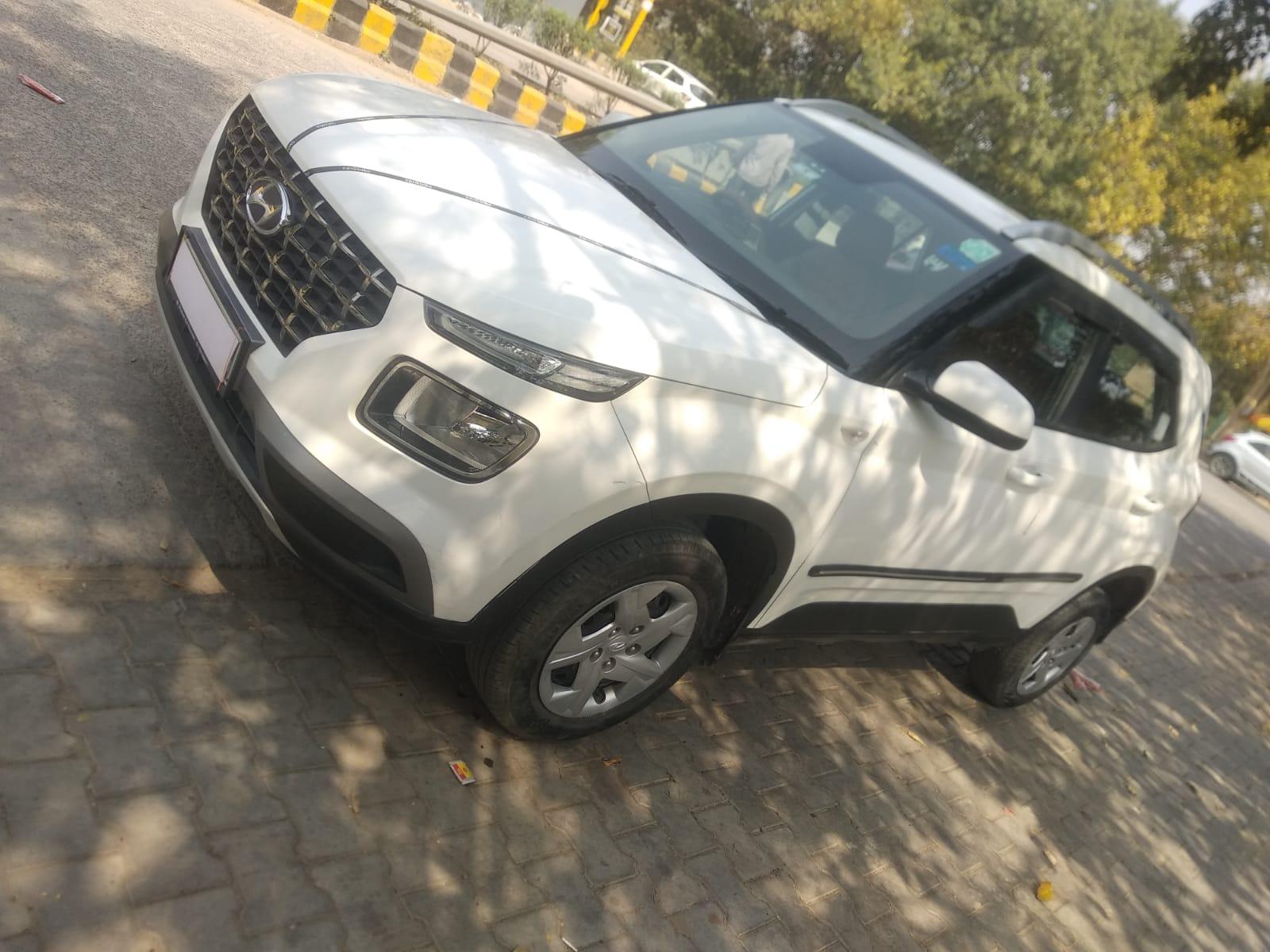
- 13,870 km
- Petrol
- Manual
Upcoming Cars
Upcoming Bikes

Trending Vehicles In India
- Home
- Reviews
- Comparison
- Comparison Review: 2016 TVS Victor vs Honda Livo
